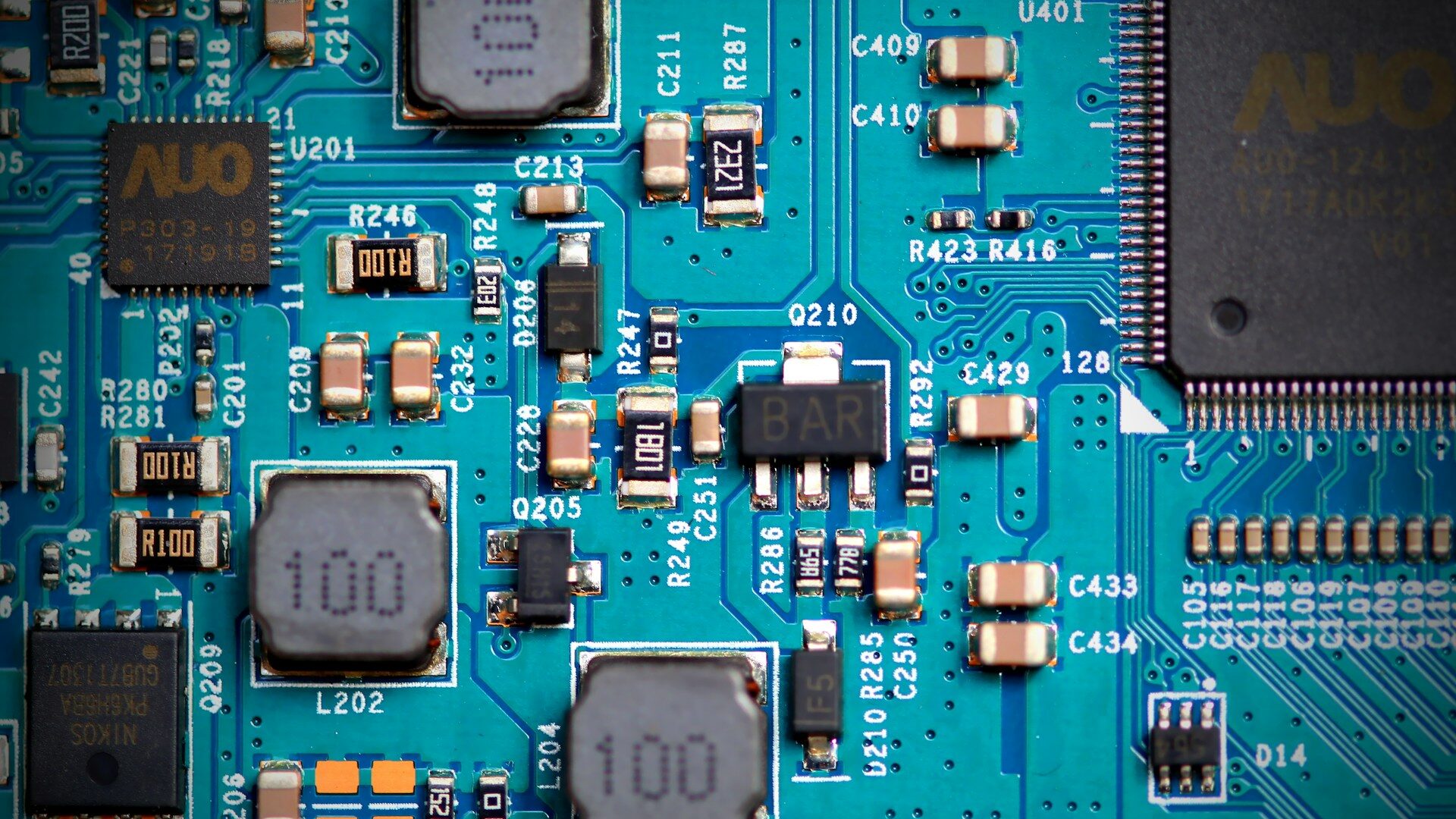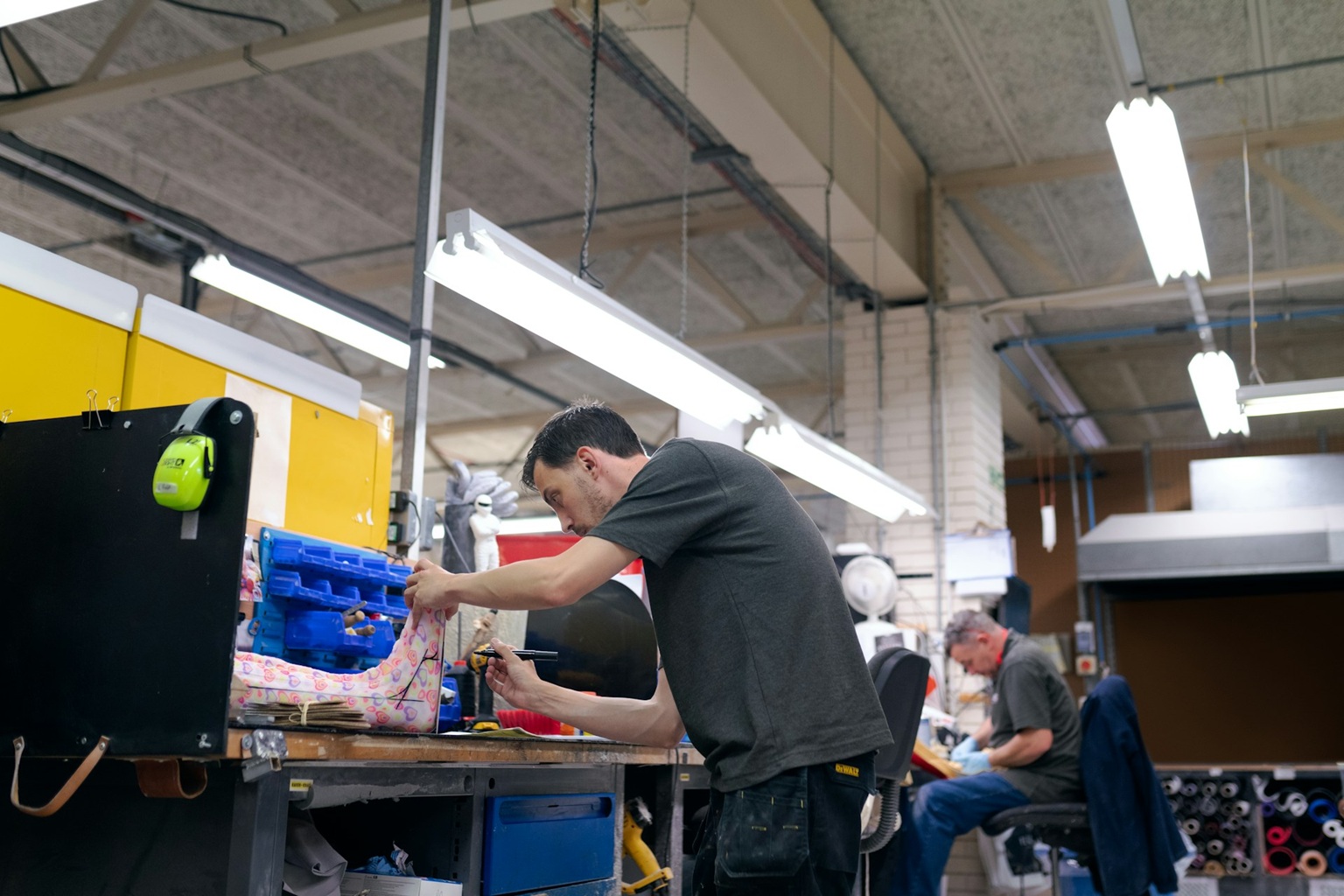
Why Interoperability Is the Make-or-Break Factor in Modern Design
May 29, 2025 - Emily Newton
Revolutionized is reader-supported. When you buy through links on our site, we may earn an affiliate commission. Learn more here.
Software engineers and other technology industry professionals know that interoperability in design is an increasingly important aim. It allows programs to share data and protocols and function smoothly when done well. As organizations grow and their needs change, it becomes more likely that they will use software from various brands. Why should you consider interoperability in design an essential feature?
Supported User Productivity
Specialized software can save people time, increase information-retrieval capabilities and enhance communication. A lack of interoperability could prevent them from capitalizing on those benefits and others. Such outcomes are especially undesirable in industries such as construction, where multiple teams must collaborate to meet tight deadlines and complete phases within stated budgets.
In one case, groups working on a construction project for an art and culture foundation comprised more than 10 companies and numerous software-based tools. Since building information modeling systems was critical for getting things done on time and meeting client specifications, interoperability was essential for meeting goals and maintaining smooth workflows. It allowed data exchanges between programs and supported the global project team in creating a realistic 3D model.
Coordination among a highly distributed workforce can be challenging at the best of times. However, tech can make it easier for workers using cloud-based software to stay informed with relevant updates. Although the benefits are especially evident in deadline-driven, multiteam environments, they are noticeable in any setting where people must use several platforms or products to do their jobs.
Better Medical Outcomes
Transitions to electronic health records have spurred the development of relevant tools and platforms while making creators realize the need for interoperability in design. According to one study, 35% of providers were better able to respond to patient issues after transitioning to electronic health records.
Interoperability unlocks that benefit and others that make health care providers more effective at the foundational parts of their roles. It can remove many of the tech-related barriers that cause frustration and make reviewing lab results and medical images take longer, negatively impacting the next steps in treatment plans.
The advantages extend to medical devices and machines, which hospitals must maintain to prevent patient care disruptions. When pauses are severe enough, patients may get transported to different facilities or have to delay specific procedures until technicians fix the equipment. One study found that expenses for hospitals’ emergency services supplies have climbed by 33%, requiring administrators to broaden savings opportunities.
Fortunately, software can make that task easier. For example, managers can use it to store digital maintenance records or set notifications for when particular tasks should occur. Some medical facilities with forward-thinking leaders may use connected sensors to detect when equipment begins to show abnormal performance. The earlier technicians become aware of such problems, the easier it is to proactively order parts or take other actions to prevent downtime.
However, decision-makers must select platforms that correctly interpret the data from all the associated machines. Interoperability allows that, ensuring the information is in a usable format.
Alignment With Evolving Regulations
Emerging regulations also require software engineers to prioritize interoperability in design. Some technology companies have long maintained relatively closed systems. People using devices from those brands must visit specific app stores managed by those entities, meaning consumers rarely or never go elsewhere when they need new software or other digital products.
The European Commission is cracking down on that practice, obligating “gatekeeper” tech businesses to prioritize interoperability by expanding opportunities for third-party developers on their platforms. In March 2025, the Commission announced two initiatives affecting one of the tech industry’s biggest players.
The first concerns nine new connectivity features that will result in all connected devices working more effectively with the tech brand’s products. The second prong improves the transparency of the process developers use to make their offerings interoperable with some of the tech company’s most popular products.
The European Commission’s interoperability focus emphasizes why tech companies and product developers must continually look for ways to increase compatibility rather than keeping consumers locked into closed digital infrastructures.
People will be more interested in buying a tech company’s device if they know accessories from various manufacturers will work with it. That compatibility across products prevents unnecessary waste by allowing consumers to use products for longer rather than buying new versions that only work with single brands.
Facilitation of Greener Technologies
Products like solar panels and electric vehicles (EVs) are instrumental in the world’s transition to clean energy sources. Design that prioritizes interoperability is essential for promoting the widespread adoption of these green products.
Whether eco-friendly technologies include built-in software that affects their performance or apps with user-facing features, people will be more likely to use these options long term if they have interoperable functionality.
One example comes from a project that resulted in a Linux-based EV charging platform. This innovation supports various communication protocols, resulting in more reliable performance and compatibility for all devices.
The designers made the platform easy to use. People only need to plug their vehicles into a charger to authenticate the process, provide payment details and replenish their car’s power sources. This simplicity is important in convincing consumers that EVs can fit into their lives with few or no hassles.
Even when individuals are interested in switching to greener transportation methods, they typically want to verify that the transition will fit their needs and lifestyles. Many potential EV owners do not have the infrastructure to charge their vehicles at home. However, software-based improvements provide the necessary flexibility.
Find Opportunities for Interoperability in Design
No matter the stage of your tech career, you will almost certainly find that interoperability is a more frequent client demand. These examples show plenty of ways to focus on it while considering other requirements.
Revolutionized is reader-supported. When you buy through links on our site, we may earn an affiliate commission. Learn more here.
Author
Emily Newton
Emily Newton is a technology and industrial journalist and the Editor in Chief of Revolutionized. She manages the sites publishing schedule, SEO optimization and content strategy. Emily enjoys writing and researching articles about how technology is changing every industry. When she isn't working, Emily enjoys playing video games or curling up with a good book.






